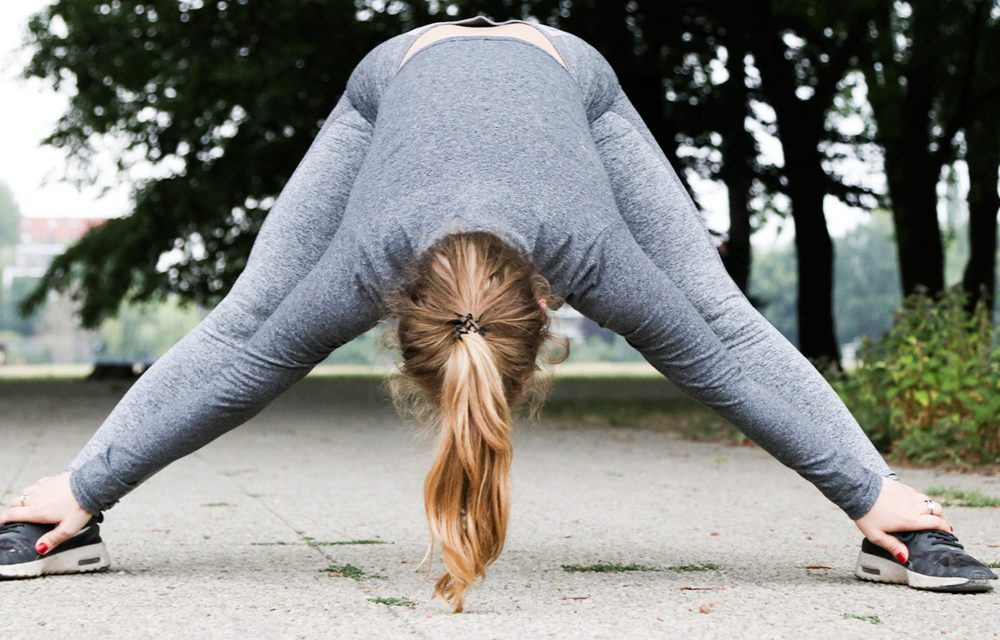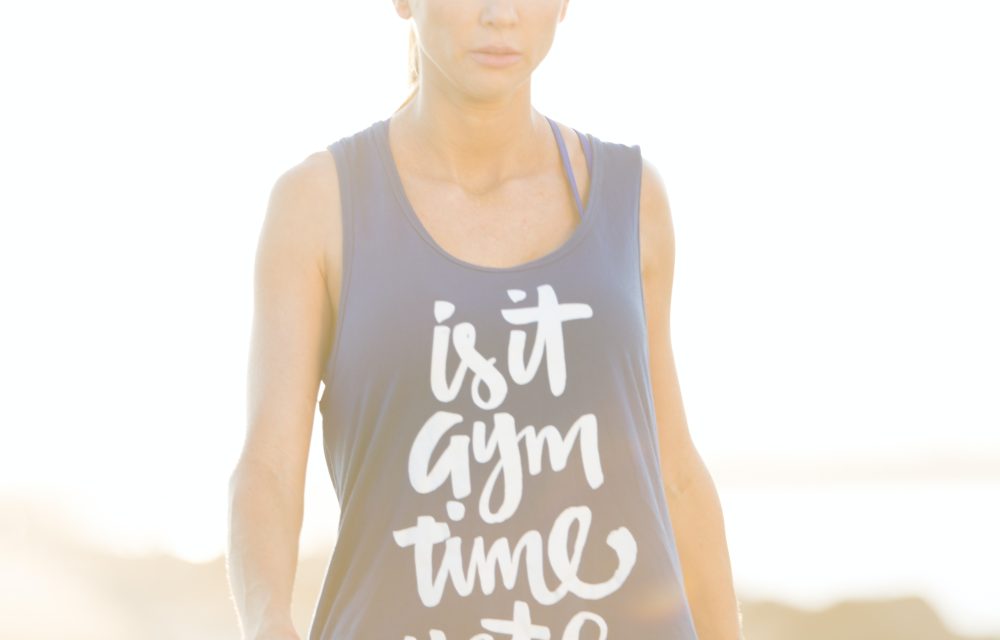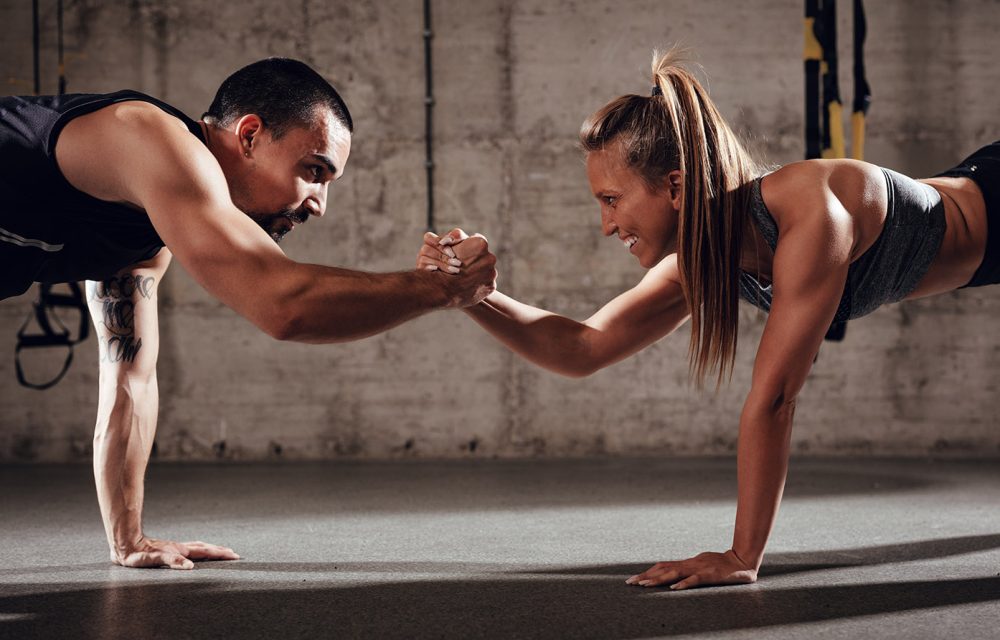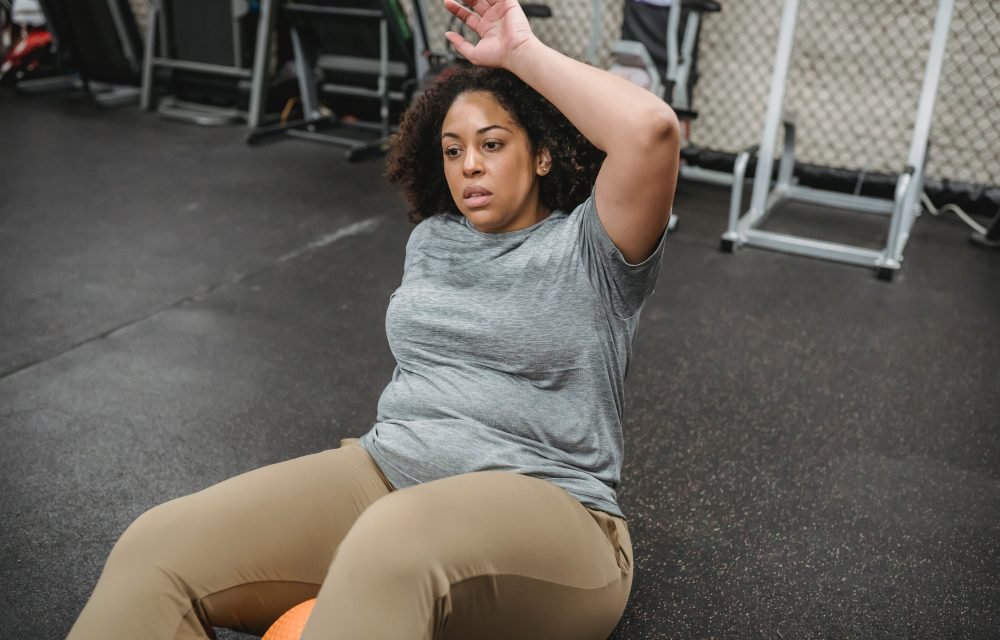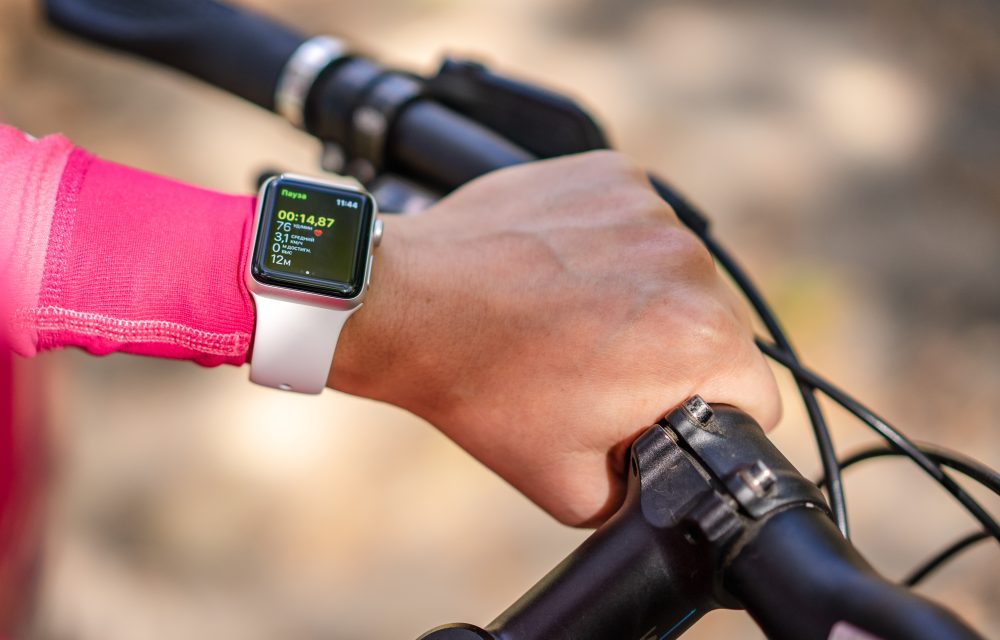Try Boxing For A Great Full-Body Workout
If you’ve never used boxing as an additional workout or used the moves in boxing, you’re missing out. Just air boxing can build strength. Boxing is a full-body workout that addresses all forms of fitness. It builds strength, cardio, balance, and flexibility. You’ll get a lot of relief from stress even if you don’t have a partner and only punch a bag or the air. Boxing is fun, challenging, social, and a good workout for both men and women.
You’ll work your entire body when you box.
Boxing is great cardio. Because you aren’t constantly moving fast, it provides many of the benefits of a high intensity interval training—HIIT—-session. It improves balance and coordination. You have to think ahead and plan your next move while anticipating your opponent’s move, so it improves both physical and mental agility. It’s all about proper form, dodging and dipping, and building upper body strength as you’re getting power from your legs and your hips.
You’ll burn tons of calories.
As noted previously, you’re constantly changing intensity, going from recovery as you wait for your opponent’s next move, to high intensity, either dodging that move or getting in your punches. That mimics HIIT workouts that burn hundreds of calories while you do it and continue to burn them after you quit. It boosts your heart rate during boxing, which helps reduce your resting heart rate. Depending on the difficulty level, you can burn as many calories as you would running. Whether you’re punching a bag, sparring, or in the ring, it helps you lose weight faster.
Boxing can be addictive.
Once you get into boxing, you get hooked on the fast pace and the adrenaline rush. Not only are you more likely to box since you enjoy it, but you’re also more likely to do other workouts to help prepare you for the ring. Whether it’s jumping rope or running up and down stairs, boxing can become a motivating factor. Like all types of exercise, you’ll do it more often if you enjoy it. The competition keeps you coming back for more.
- Boxing improves hand-eye coordination. It challenges your mind as it builds your muscles. You’ll build new neural pathways in the brain. That can improve cognitive thinking.
- Many of the moves in boxing are part of traditional calisthenics. Squats, knee-high moves, butt kickers, and reverse lunges are all moves you make in the ring. Preparing your body to box takes dedication.
- You can adjust boxing workouts to meet your goals. You can make them strength-building, cardio, weight loss,
- Boxing increases your energy, lowers blood pressure, and improves cardiovascular health. It helps decrease anxiety and depression.
For more information, contact us today at Team-ISC




